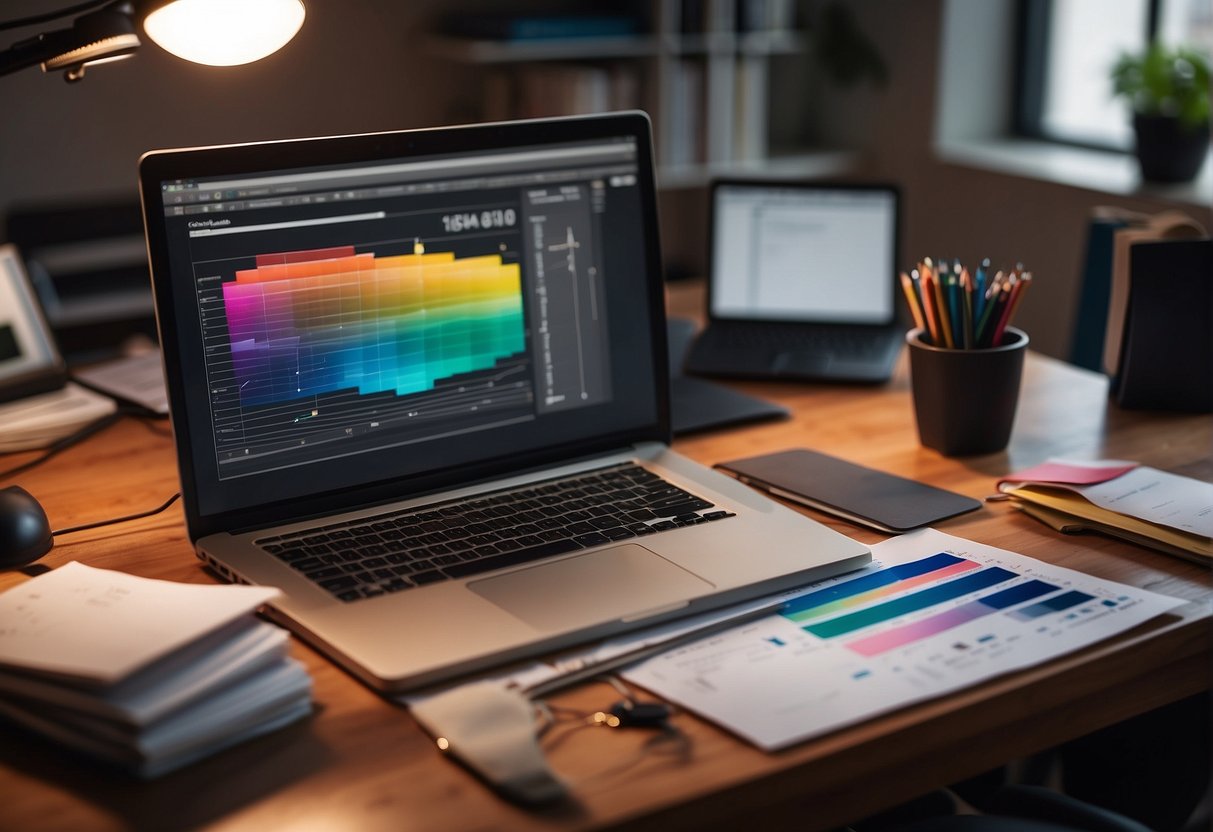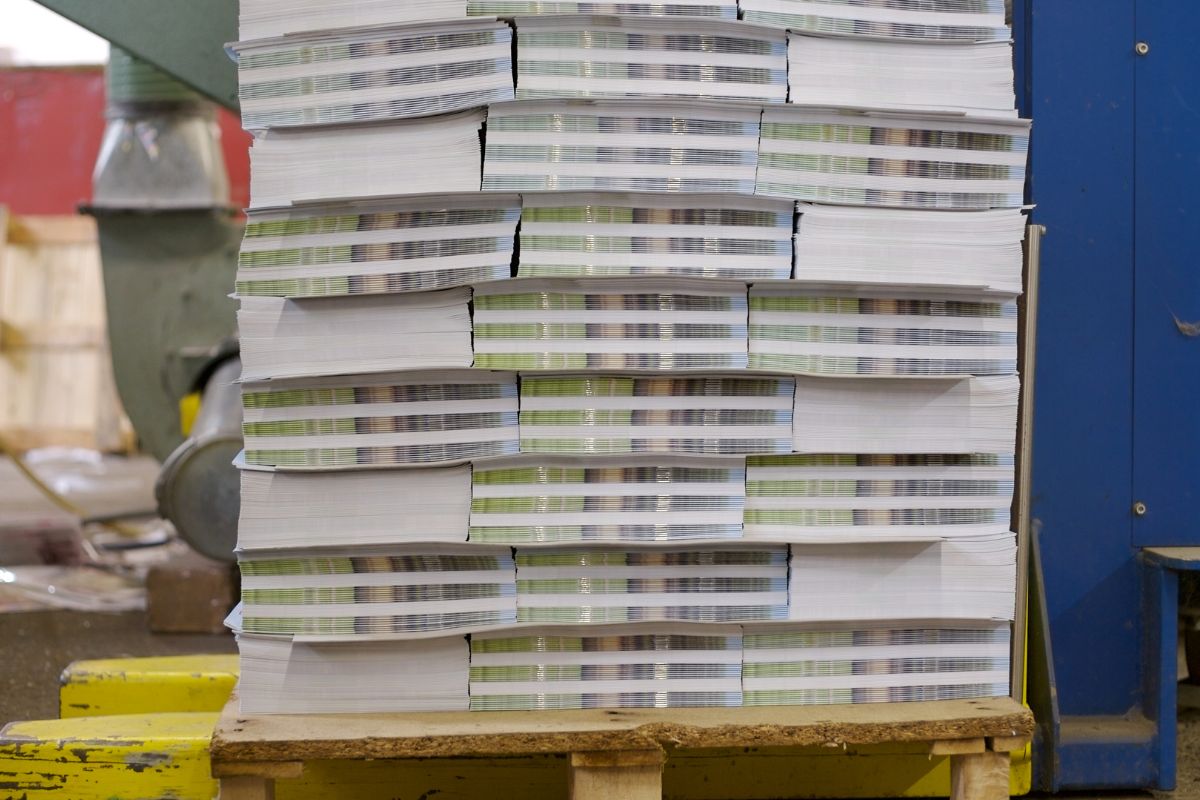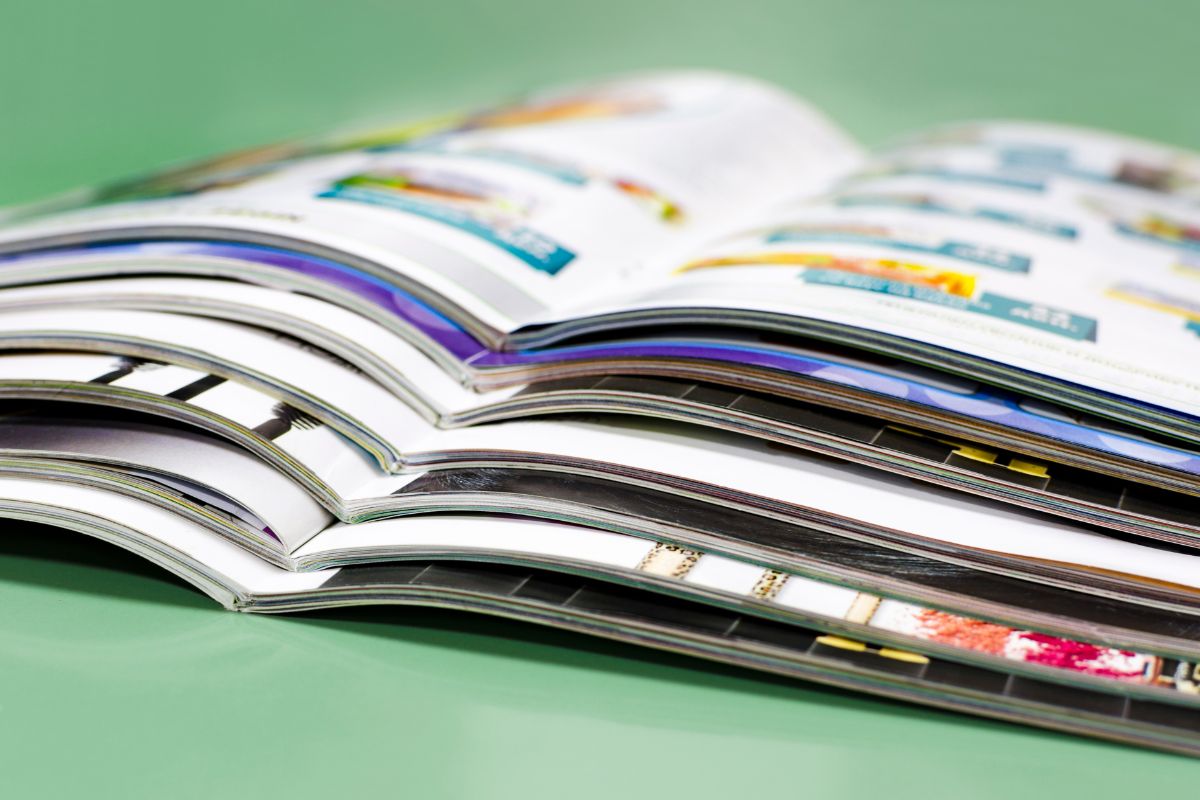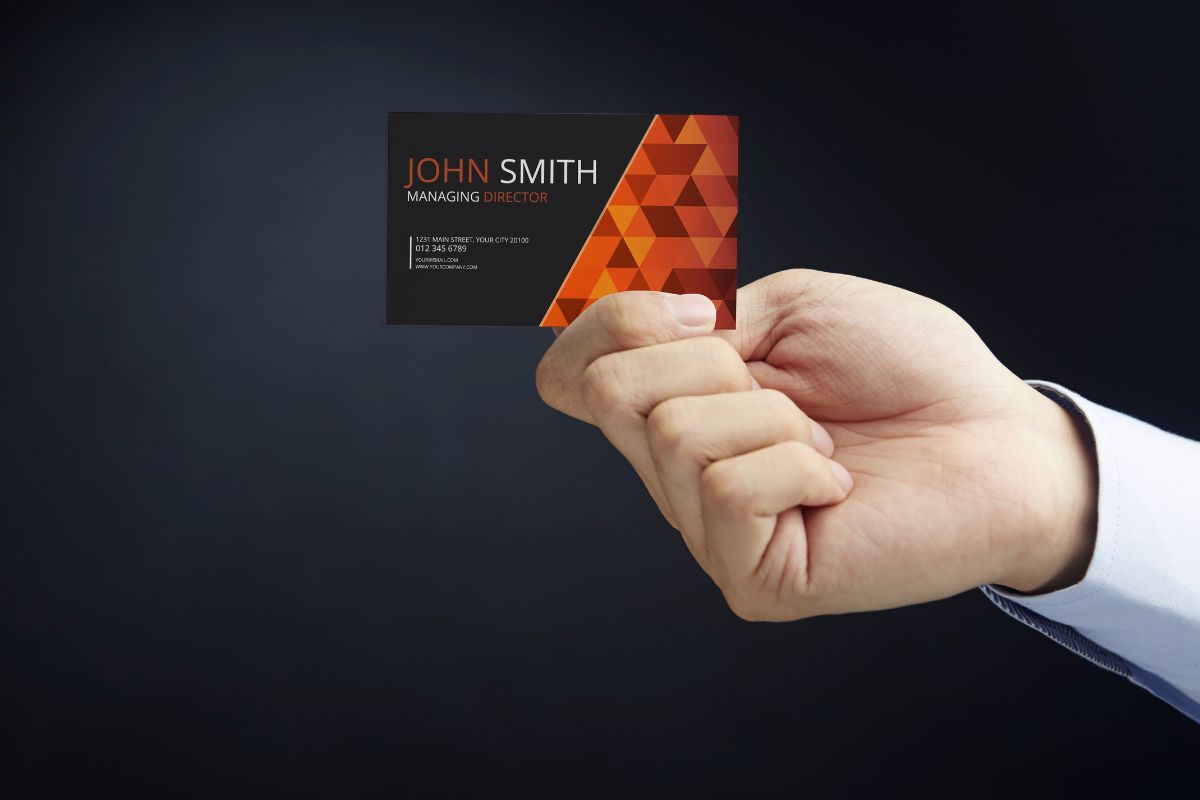Creating a brochure is a powerful way to inform and persuade your audience about your products, services, or cause. Whether you aim to showcase the offerings of your small business or wish to spread the word about an event or campaign, a well-designed brochure serves as an effective marketing tool. With careful planning and a touch of creativity, you can design a brochure that captures attention and conveys your message clearly.
The process of making a brochure can be as simple or intricate as you need it to be. Advancements in design software and online tools have made brochure creation accessible to everyone. For example, using platforms like Canva’s brochure maker provides you with a wide selection of templates and design elements that simplify the design aspect, allowing you to produce a professional-looking brochure even if you are not a design expert.
Understanding the basics of brochure content and layout is essential. Key elements include engaging visuals, compelling copy, and a clear call to action. If you prefer to work within a familiar interface, you might opt for designing your brochure with Microsoft Word, which offers intuitive tools and customizable templates to get you started. Whatever method you choose, focus on aligning the design and content with your goals to create a meaningful impact with your brochure.
Purpose and Audience

When creating a brochure, your strategy must hinge on two critical elements: the brochure’s goals and the audience you aim to reach. These drive the content and design, ensuring your message resonates effectively.
Define Brochure Goals
Your brochure should have clear objectives. These could range from educating about a product or service to inspiring action such as a purchase or sign-up. Identify what success looks like for your brochure. For example:
- Increase awareness: about a new product or service
- Educate: your audience about your company or specific topic
- Prompt action: such as registrations, purchases, or inquiries
Identify Target Audience
Understanding who your brochure is for is essential. Tailor your language, visuals, and message to their interests and needs. Consider the following:
- Demographics: Age, gender, occupation, education level
- Behavioral traits: Lifestyle, values, and buying habits
- Needs and Challenges: What solutions can your brochure offer?
Use this focus to guide your content, style, and distribution channels for maximum impact.
Planning Your Brochure
Creating an impactful brochure demands careful consideration of its design and content. This section provides a roadmap to help you lay a solid foundation for your brochure’s development.
Choose a Brochure Format
You need to decide on a suitable brochure format that aligns with your message and audience. Consider formats like bi-fold, tri-fold, or a booklet type. Each format offers a distinct layout and space allocation that can affect how your content will be perceived.
Outline the Content Structure
Your brochure should have a well-defined content structure. Begin by identifying the key points you want to cover. Organize these into a logical flow with headings, subheadings, and bullet points to guide your reader through the brochure.
- Cover Page: Capture attention with a compelling title and image.
- Introduction: Clearly state your proposition.
- Body: Elaborate on your key points in a structured format.
- Conclusion: Summarize and include a call to action.
Select Images and Graphics
Incorporate high-quality images and graphics that reinforce your message and brand identity. Ensure they are:
- Relevant: Directly support the content presented.
- High-Resolution: For professional print quality.
- Visually Consistent: Maintain a cohesive look throughout the brochure.
Content Creation
Creating a brochure that captures attention and informs effectively requires a precise approach to content development. You should focus on crafting clear, concise, and engaging content that reflects your brand’s message and value proposition.
Write Compelling Headlines
Your headlines are the entry points to the sections within your brochure. They should be powerful and to the point, giving the reader a reason to dive deeper. Here’s how to approach them:
- Be Clear and Concise: Headlines should instantly convey the benefit or value to the reader.
- Use Action Words: Encourage engagement with verbs that prompt the reader to act.
Examples of effective headlines might include “Unlock Full Potential” or “Transform Your Space.”
Develop Informative Body Content
Once your headlines have caught the attention of the reader, it’s your body content that keeps them engaged.
- Be Informative: Provide details that answer questions and offer valuable insights.
- Stay Relevant: Align content with the reader’s interests and your brochure’s purpose.
Remember, brevity is key; use bullet points or numbered lists where appropriate to enhance readability. For example:
- Feature One: Highlight its uniqueness.
- Benefit Analysis: Explain how it solves a problem.
- Testimonials: Share customer success stories.
Incorporate Branding Elements
Consistency in branding reinforces recognition and trust. Your brochure is an extension of your brand, so make sure it resonates with your brand identity.
- Use Your Brand’s Color Scheme: Maintain visual coherence with your existing brand palette.
- Embed Logos and Taglines: Ensure they’re visible but not overpowering to the content.
For instance, place your logo at the top of the brochure, and use the tagline as a recurring element at the bottom of each page.
Design and Layout

Effective brochure design hinges on a balance of creativity and organization. Your choices in color schemes, typography, and element arrangement are pivotal.
Choose Color Scheme and Fonts
Select a color scheme that aligns with your brand for consistency. Limiting yourself to two or three primary colors may boost brand recognition. For fonts, aim for those that enhance legibility while reflecting your brand’s personality. Use no more than two font families to maintain a coherent look.
Arrange Elements for Readability
Your brochure’s effectiveness depends on how easily information is processed. Prioritize key messages by placing them centrally.
Use bullet points or lists to break down complex information.
Images and graphics should support and not overshadow text.
Maintain consistent margins and padding to create a visually appealing, easy-to-navigate layout.
Design for Print and Digital Use
Consider the end-user’s experience in both print and digital formats:
- Print: Ensure your design accommodates standard brochure sizes and includes bleed for edge-to-edge printing.
- Digital: Test on various devices for screen readability and ensure that your brochure can be easily shared or emailed.
Production
In the production phase of creating a brochure, your choices directly impact the brochure’s quality and cost. Select materials carefully and always verify your prototypes before mass printing.
Select Paper and Finishing Options

Choosing the right paper type is critical for the look and feel of your brochure. You have a range of thicknesses, from light 20 lb bond to sturdy 100 lb cover stock. Finishing options like matte, gloss, or UV coating can enhance durability and visual appeal. Consider factors like purpose, audience, and budget when deciding.
- Paper Thickness:
- Light (20 lb bond)
- Standard (28-70 lb text)
- Heavy (65-100 lb cover)
- Finishes:
- Matte: Non-reflective, elegant
- Gloss: Shiny, vibrant colors
- UV Coating: Adds protection, extra gloss
Print Prototypes
Before committing to a full print run, test print a few prototypes. This allows you to assess the color accuracy, readability, and overall design in a tangible format. Check for any misalignments or errors and get feedback to ensure your brochure meets your standards.
- Printing Order:
- Single Prototype
- Small Batch for Error Checking
- Feedback Collection
Finalize for Mass Printing
Once satisfied with the prototype, prepare your brochure for mass printing. Confirm the quantity needed and ensure your file adheres to the printer’s specifications. This includes bleed settings, margin guidelines, and resolution requirements. Use reliable printing services that align with your project’s quality and deadline needs.
Distribution Strategies
When creating a successful brochure, it’s essential to determine how you will get it into the hands of your intended audience. You’ll need to select effective distribution channels, leverage digital sharing options, and track responses to refine your tactics.
Determine Distribution Channels
You should identify where your target audience frequent and strategize your brochure distribution accordingly. Popular options include:
- Mail: Directly mailing to a curated mailing list.
- In-Store: Placing brochures at points of sale or reception areas.
- Events: Distributing at trade shows, fairs, or local community events.
Plan for Digital Sharing
In the digital age, brochures can extend their reach beyond the physical. Consider these practices:
- Electronic Brochures: Create a PDF version for email distribution.
- Social Media: Share your brochure on platforms where your audience engages.
- Website: Make the brochure available for download on your website.
Track Engagement and Response
To measure the success of your brochure, you need to monitor how it is received. Implement tracking methods such as:
- QR Codes: Helps in assessing how many people access your digital brochure.
- Unique URLs: Tracks visits to your website via the brochure.
- Feedback Forms: Collect direct responses from your audience for improvement.
Frequently Asked Questions
Navigating through the process of creating a brochure doesn’t have to be daunting. Whether you’re using basic software, crafting by hand, or utilizing online tools, these FAQs have you covered.
What are the steps to create a brochure using Microsoft Word?
To create a brochure in Microsoft Word, start by selecting a brochure template or setting up a blank document in landscape orientation with three columns for a trifold design. Customize the template with your text, images, and branding elements.
Can you guide me through designing a brochure with paper?
When crafting a brochure with paper, start with a high-quality, sufficiently large piece of paper. Fold the paper according to the type of brochure (e.g., trifold), sketch your layout lightly with a pencil, and include relevant information and visuals before finalizing with ink or print.
How do I construct an effective trifold brochure?
Construct an effective trifold brochure by dividing your brochure into three panels, using the front panel as an attention-grabbing cover, the interior panels for detailed information, and the back panel for contact information. Keep content reader-friendly and visually appealing.
What is the process to develop a brochure template for repetitive use?
To develop a brochure template for repetitive use, create a document layout that effectively communicates your message with placeholders for elements like text and images. Save this as a template file to ensure consistency across future brochures.
What are some effective methods for students to create brochures?
Students can create brochures effectively by using simple tools such as Microsoft Word or Google Docs, focusing on content over design complexity. Emphasize clarity, using bullet points and visuals, ensuring the brochure is informative and visually engaging.
What tools are available for creating a brochure online?
There are several online tools available for brochure creation, such as Adobe Express and Piktochart, which offer a variety of templates and design elements to create professional-looking brochures even without advanced design skills.



